
Filter News
Area of Research
- (-) Materials (118)
- Advanced Manufacturing (2)
- Biological Systems (2)
- Biology and Environment (56)
- Building Technologies (1)
- Clean Energy (112)
- Climate and Environmental Systems (2)
- Computational Engineering (1)
- Computer Science (2)
- Electricity and Smart Grid (1)
- Energy Sciences (1)
- Fossil Energy (1)
- Fuel Cycle Science and Technology (1)
- Fusion and Fission (19)
- Fusion Energy (3)
- Isotope Development and Production (1)
- Isotopes (15)
- Materials Characterization (2)
- Materials Under Extremes (1)
- National Security (26)
- Neutron Science (47)
- Nuclear Science and Technology (9)
- Renewable Energy (2)
- Supercomputing (95)
- Transportation Systems (1)
News Type
News Topics
- 3-D Printing/Advanced Manufacturing (5)
- Advanced Reactors (1)
- Bioenergy (1)
- Biomedical (1)
- Buildings (3)
- Chemical Sciences (16)
- Climate Change (3)
- Composites (2)
- Computer Science (1)
- Coronavirus (1)
- Critical Materials (5)
- Decarbonization (4)
- Energy Storage (5)
- Environment (3)
- Fusion (2)
- Grid (2)
- Irradiation (1)
- Isotopes (3)
- Materials (40)
- Materials Science (7)
- Microscopy (3)
- Molten Salt (1)
- Nanotechnology (3)
- Net Zero (1)
- Neutron Science (8)
- Nuclear Energy (4)
- Partnerships (6)
- Physics (9)
- Polymers (4)
- Quantum Computing (2)
- Quantum Science (1)
- Renewable Energy (1)
- Sustainable Energy (1)
- Transportation (2)
Media Contacts

Rare earth elements are metals used in technologies from wind turbines and magnetic resonance imaging agents to industrial catalysts and high-definition televisions. Most are lanthanides, elements with atomic number from 57 to 71, lanthanum to lutetium, in the periodic table. The la...
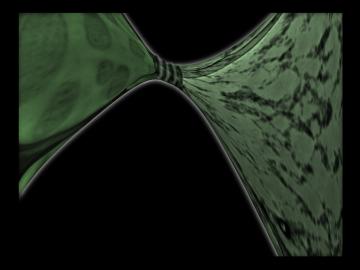

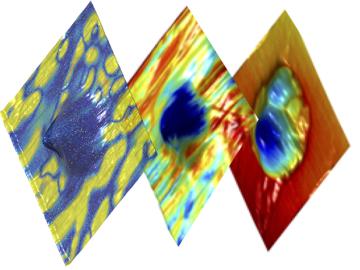
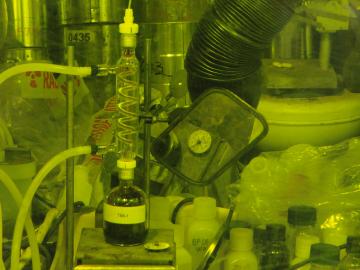
Nearly 100 commercial nuclear reactors supply one-fifth of America’s energy. For each fuel rod in a reactor assembly, only 5 percent of its energy is consumed before fission can no longer be sustained efficiently for power production and the fuel assembly must be replaced. Power plan...
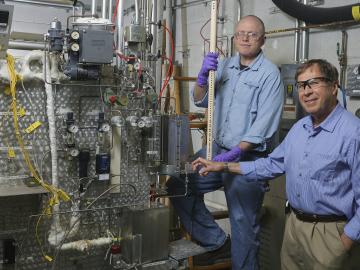
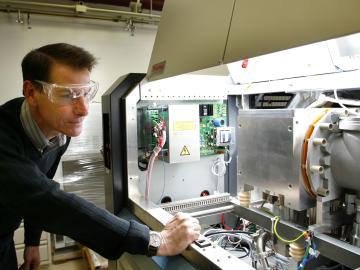
A group of nuclear detectives at the Department of Energy’s Oak Ridge National Laboratory takes on tough challenges, from detecting illicit uranium using isotopic “fingerprints” to investigating Presidential assassination conspiracies.
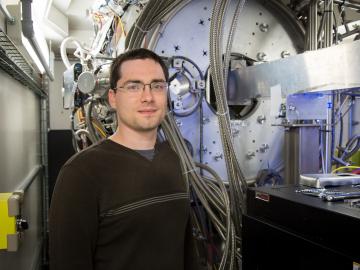
Rechargeable batteries power everything from electric vehicles to wearable gadgets, but obstacles limit the creation of sleeker, longer-lasting and more efficient power sources. Batteries produce electricity when charged atoms, known as ions, move in a circuit from a positive end ...
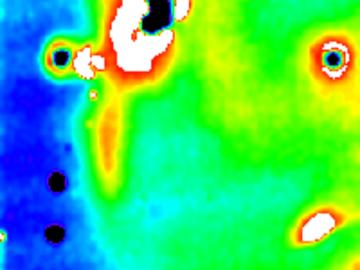
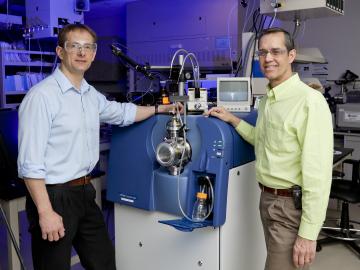
The Department of Energy’s Oak Ridge National Laboratory and SCIEX of Framingham, Mass., have signed a licensing agreement for technologies that speed up, simplify and expand the use of analytic chemistry equipment. SCIEX is a leading manufacturer of mass spectrome...


